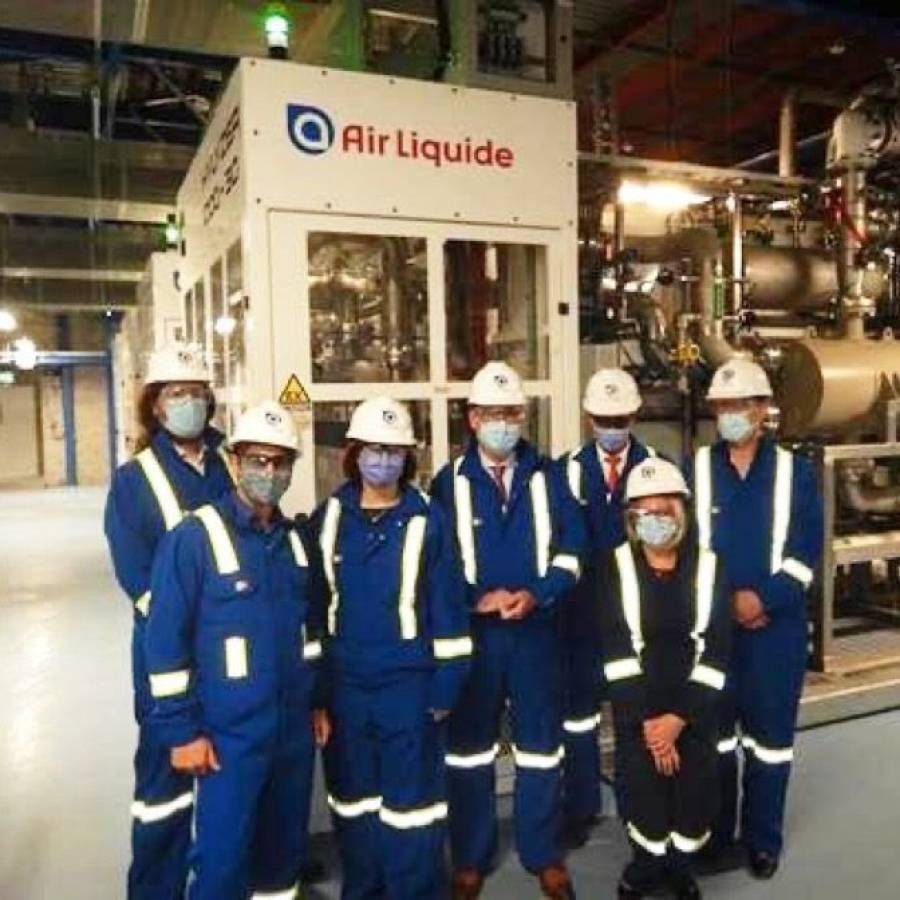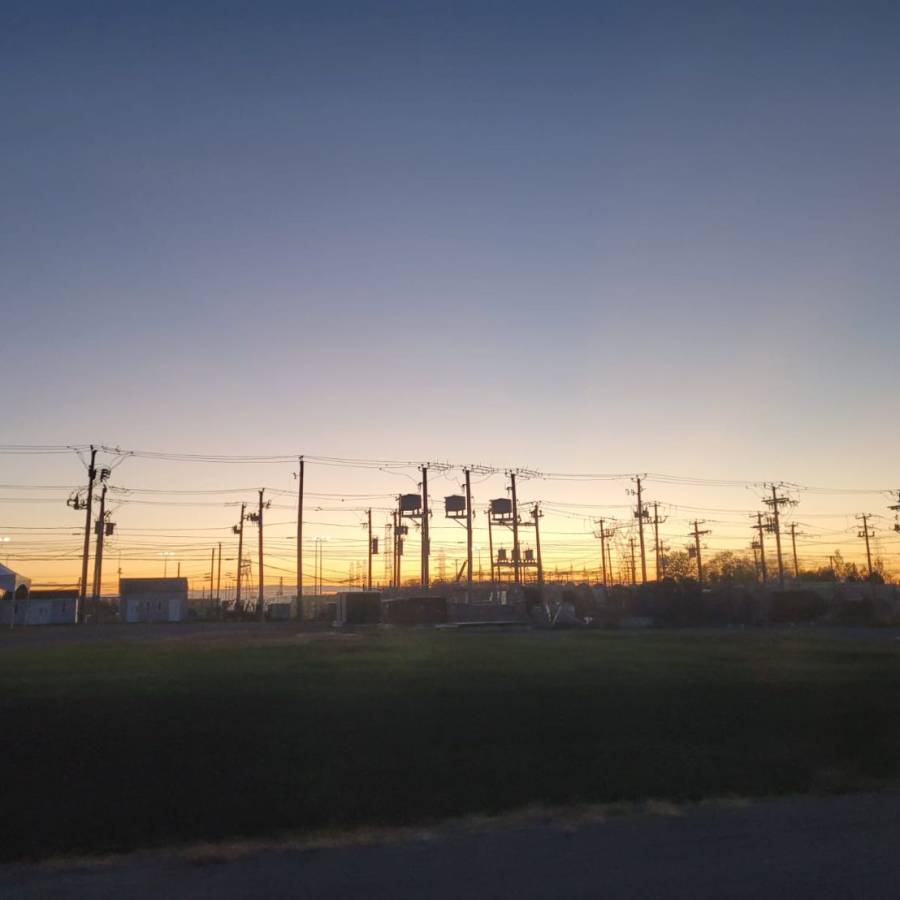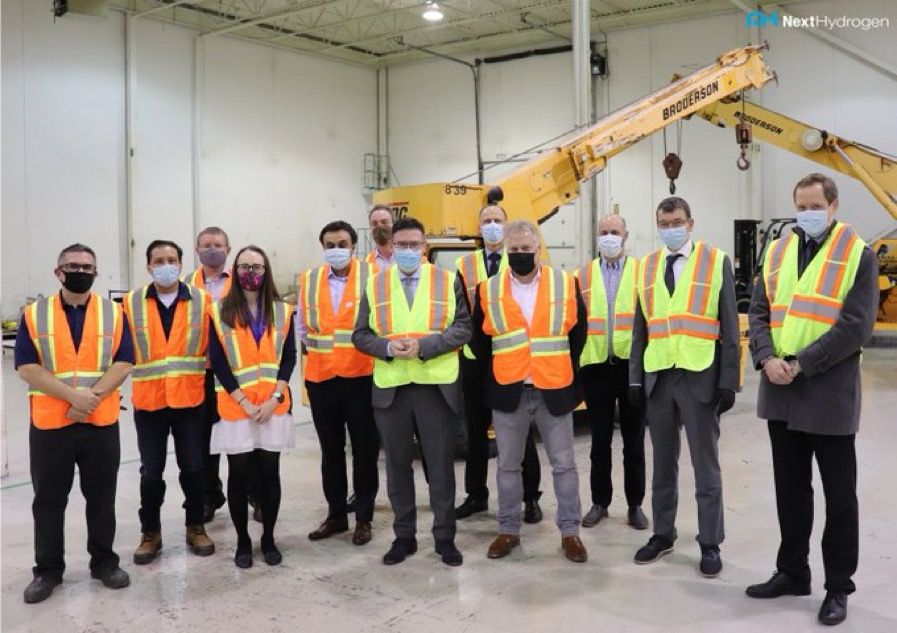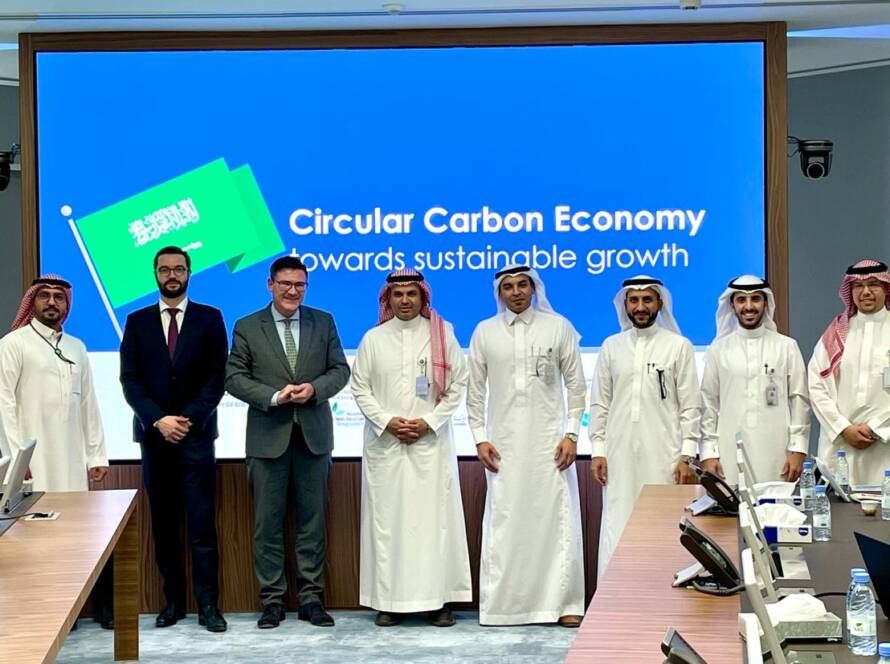In its hydrogen strategy, Canada has announced that it will become one of the world’s three leading exporters of green hydrogen. In addition, Quebec is home to the world’s largest electrolyser with a capacity of 20 MW – operated by Air Liquide. Reason enough to travel to Canada. Quebec, with its almost 100% green energy supply, is predestined for the production of green hydrogen. There I not only had the opportunity to see the electrolyser in Bécancour working well and to meet Air Liquid Canada President Bertrand Masselot, but also to visit the hydrogen laboratories of Hydro-Québec in Varennes and the Hydrogen Research Institute of the Université du Québec à Trois-Rivières. The programme also included a visit to the hydrogen research facilities of the National Research Council Canada / Conseil national de recherches Canada in Ottawa and talks with Canadian hydrogen experts (including Mollie Johnson) at the Ministry of National Resources (NRCan). The main topic was the imminent launch of the Hydrogen Working Group within the German-Canadian Energy Partnership.
Further meetings took place with project developers for large green hydrogen projects such as Hy2gen AG and with investors as well as with the AHK and the GTAI in Toronto. Finally, I was able to visit Next Hydrogen in Mississauga – a startup that develops electrolysers based on alkaline water electrolysis.
It should be emphasised that the focus of applications in Canada is strongly on mobility and transport as well as storage. In the area of transport, Canada is also recording the largest increases in CO2 emissions.
My conclusion: the responsibility for the energy industry, which is divided among the individual provinces, makes the implementation of a national hydrogen strategy much more difficult, also with regard to exports. Moreover, the western Canadian provinces are heavily focused on blue hydrogen production and still on fossil fuels.
In Quebec, on the other hand, the opportunities are well recognised on the industry side. However, there is still no political will to produce green hydrogen in large quantities and, if necessary, to export it not only to the USA but also to Europe and 🇩🇪. The hydropower giant HydroQuebec plays a central role in this. Although an expansion potential of 36 GW has been identified, it is expensive and uneconomical to implement in remote parts of the country. The focus is therefore more on wind power and also biomass from wood waste – albeit with much lower expansion potential. So there is still a lot to do before Canada actually becomes one of the three big global suppliers of green hydrogen. We are therefore eagerly awaiting the Quebec government’s hydrogen strategy, which is to be presented this month. Canada is also interesting for us as a research and technology partner.








